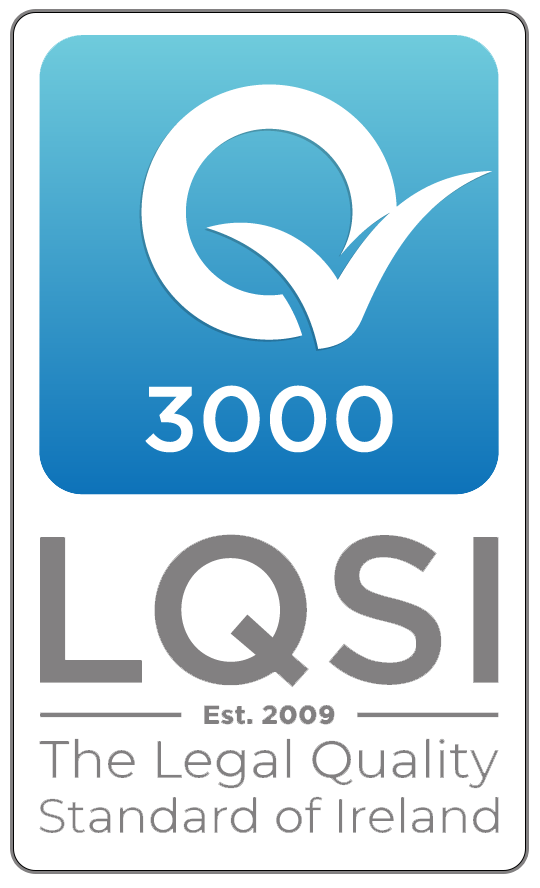Most air passengers thankfully only ever have a reason to consider the terms of the Montreal Convention when their baggage has been lost during a flight. However, the Montreal Convention also governs claims for injuries sustained during international carriage.
The Montreal Convention was signed at Warsaw on the 12th October 1929. This was the first attempt by countries to harmonize rules relating to the liability of air carriers providing international travel. The Convention has been changed over time with the most recent version being the Montreal Convention 1999.
What is the Liability of the Airline?
Article 17.1 states that the carrier is liable for damage sustained in the case of death or bodily injury of a passenger upon condition only that the accident which caused the death or injury took place on board the aircraft or in the course of any of the operations of embarking or disembarking.
Limits of Compensation under the Montreal Convention
In terms of the limits of liability, there is strict liability in all cases where the value of the claim does not exceed €100,000 Special Drawings Rights (SDR) per passenger. A passenger can recover higher sums unless the carrier can establish that damage was either:
• Not due to the negligence or other wrongful act or omission of the carrier, its servants or agents or
• Solely due to the negligence or other wrongful act of omission of a third party
Does the Accident Have to Happen on the Aircraft Itself for the Convention to Apply?
The Convention requires the accident to take place either on board the aircraft or during the course of embarkation/disembarkation. The concept of embarkation /disembarkation will be a matter of fact in each individual case. This was considered in a case of Phillips v Air New Zealand Limited which found that the following questions need to be asked:
• Where did the accident occur?
• What was the passenger doing at the relevant time?
The judge in the case went on to say that the many minutes a passenger spends in the public or private lounges or goes shopping or eats or drinks in restaurants or cafés in the terminal building could not be said to be part of the process of embarkation. However the passage through security and passport control and the departure routine that is, going to the gate to be cleared for embarkation and proceeding thereafter to embark could be deemed to be part of the process of embarkation. The same logic is to be applied to the reverse step of disembarkation.
How Long Do I Have to Issue Proceedings?
The right to seek damages is extinguished if the claim is not brought within a period of two years from the date of arrival. In Ireland it is unclear as to whether an Injuries Board Authorization is required for a Convention claim but it would be advisable to get the Authorization from the Board in any event to avoid any doubt in that regard.
Moloney Solicitors have many years experience dealing with airline injury compensation claims. If you have been injured either while on an aircraft or embarking/disembarking an aircraft you may be entitled to pursue a claim under the Warsaw Convention. Should you to wish to seek advice in relation to your legal rights to claim compensation please feel free to email us today at moloneysolicitors@eircom.ent for a speedy case assessment.






